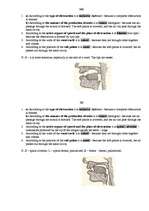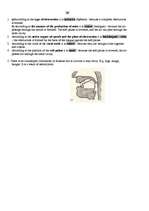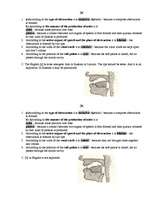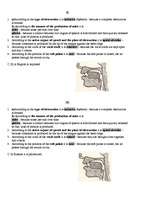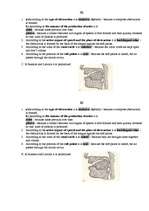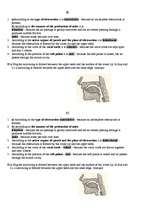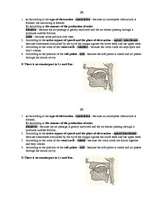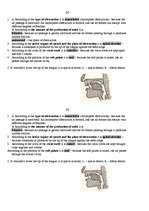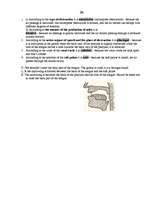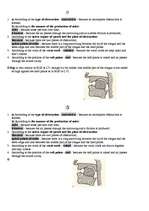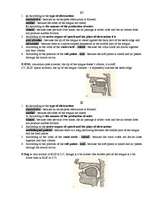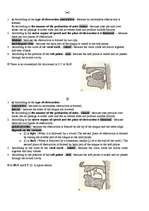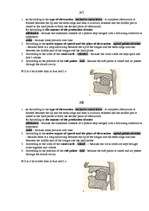-
Consonants Phonetics
1.a) According to the type of obstruction it is occlusive (šķērslis)– because a complete obstruction is formed.
b) According to the manner of the production of noise it is sonant (balsīgais)– because the air-passage through the mouth is blocked. The soft palate is lowered, and the air can pass through the nasal cavity.
2.According to the active organs of speech and the place of obstruction it is bilabial (two lips)– because the obstruction is formed by two lips.
3.According to the work of the vocal cords it is voiced – because they are brought close together and vibrate.
4.According to the position of the soft palate it is nasal – because the soft palate is lowered, the air passes out through the nasal cavity.
1.a) According to the type of obstruction it is occlusive (šķērslis)– because a complete obstruction is formed.
b) According to the manner of the production of noise it is sonant (balsīgais)– because the air-passage through the mouth is blocked. The soft palate is lowered, and the air can pass through the nasal cavity.
2.According to the active organs of speech and the place of obstruction it is apical - alveolar – consonants produced by the tip of the tongue against the teeth – ridge.
3.According to the work of the vocal cords it is voiced – because they are brought close together and vibrate.
4.According to the position of the soft palate it is nasal – because the soft palate is lowered, the air passes out through the nasal cavity.
C. E – apical alveolar; L – apical-dental, palatalized; R – dorsal – dental, palatalized;
…
Consonants according to LU studies. Includes the type of obstruction, the manner of production of noise, active organs of speech and obstraction, work of vocal cords, position of the soft palate, comparison and also illustrations of the mouth cavity.

